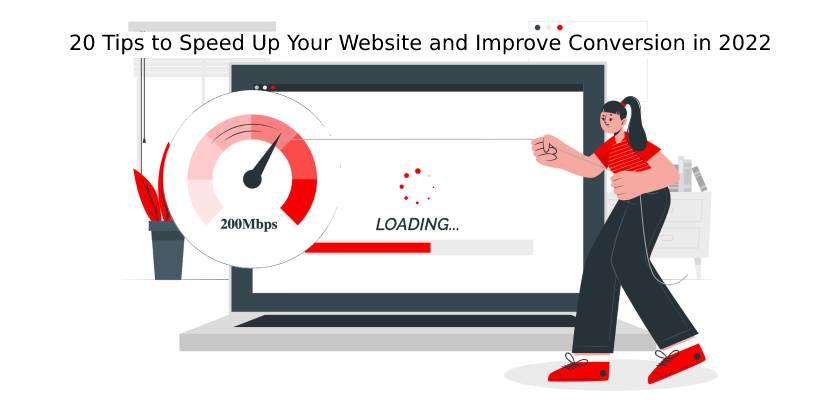
The presence of a well-designed web presence is essential in building and maintaining your business in today’s highly competitive online marketplace. Customers and clients may visit your site to purchase goods or to collect data; providing them with a pleasant experience are essential — and slow websites can be an enormous but avoidable turn-off that frequently increases bounce rates.
In addition, now that Google has begun to use the speed of mobile pages in their ranking algorithms, slow website speed can seriously affect your rankings in search results. We’ve collected 20 simple implementations to increase website speed as well as your SEO to increase website traffic. So without further ado, let’s begin our list of how to improve website conversion and speed.
20 Tips to Speed Up Your Website and Improve Conversion in 2022
1. Clean your code
The top website builders can make it easy to build a site. While their vast collection of templates lets you style your site in a snap, however, they have one disadvantage. Some templates include unorganized code that could cause your website to lose its speed.
To get rid of the issue, it is possible to remove all irrelevant code and format the HTML, CSS, and JavaScript files. The process of removing the unnecessary code is known as minifying. You can use tools to increase website speed. There are thousands upon thousands of WordPress plugins available that will minify your code and increase your website’s performance.
2. Your website should be compressed
It’s not long before websites grow large and heavy. The images, as well as the words HTML, CSS, and JavaScript, files rapidly expand. One of the best ways to speed up a site is to make compression possible using Gzip. This reduces your HTTP response, which will reduce the time it takes to respond.
You’ll have to enable the appropriate compression module on your website server before you can enable it on your site through editing your .htaccess file.
3. Compress images
Images are among the largest elements of websites and are often the slowest element to load on any page. To limit the behavior, instead of scaling big images using HTML, start by resizing every image on your site to the dimensions you would like them to be.
In reality, you should keep track of the different dimensions of the various elements of your site to ensure that you do not upload more than what you’ll ever have. If you have an image-heavy website, you must think about compressing the images. The most popular tool to accomplish this is Smush for WordPress.
It is compatible with all most popular CMS, including the most popular content management system (CMS), and has a Linux CLI client for compressing images to be used on static websites. It can also be used with Compressor.io to compress several images at a time.
4. Lazy load your uploaded media
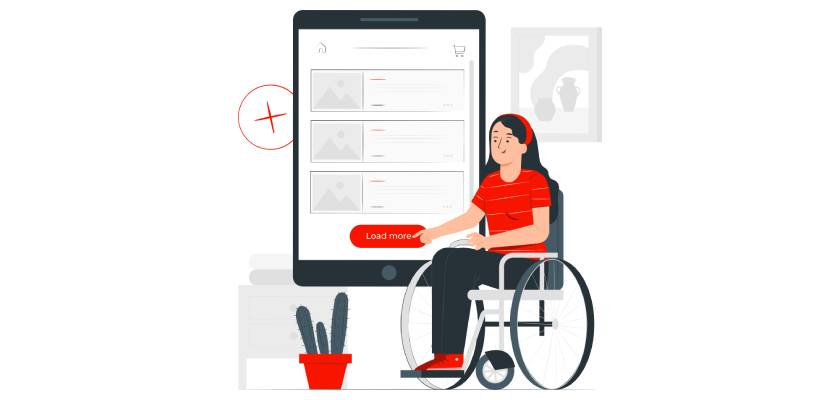
Lazy loading is when images, videos, and iframes only load when people scroll on the page; then, they’ll be able to see them. This could significantly speed up the loading speed of your web pages.
Before, this was something you’d implement using JavaScript; however, lazy loading is a feature of web browsers. WordPress users can choose from a range of options among them. Two of our top choices include Lazy Load by WP Rocket and A3 Lazy Load, which is made to work on mobile devices.
5. Utilize social media sharing
In the present day, it is important who shares content through social media. For basic HTML websites, you can employ tools for creating link-based content, like Share Link Generator, which helps you create social sharing hyperlinks to Facebook, Twitter, LinkedIn as well, and Pinterest without the need for frames or JavaScript. As is the norm for WordPress users, there is no lack of plugins to utilize for this, such as Social Warfare and Grow. So far, WordPress is the best CMS and the easiest to increase website page speed.
6. Uninstall any plugins that are not needed.
A CMS such as WordPress can come with a plethora of plugins that can provide valuable functionality to your site. However, using too many plugins can bring your site to a crawl. That is the reason you should use only the plugins you truly require.
But there are a few plugins that are made equally, so you could increase your website’s speed by replacing a plugin with an alternative that is faster. A tool on the internet called GTmetrix will examine your website at no cost and present you with which plugins have the highest load times. You should consider replacing these plugins, particularly if they’re frequently being used using a lesser alternative.
WordPress customers can utilize users of the Query Monitor plugin for a thorough analysis of the plugins they use on their site. Be sure to delete any Query Monitor plugin itself when it’s been used for its intended purpose.
7. Improve your Redirects
Redirects are typically required to move or delete pages. They’re the most effective method to get rid of issues caused by broken links. However, while 301 redirects are superior to 404 errors, they’re not perfect because they can slow down the time required for your browser to get to the right version of the page. Screaming Frogs bulk redirects analyzer to look at the redirects you have on your website and then try to reduce their use of them.
8. Reduce the number of HTTP requests
The reduction of HTTP requests is an effective method to improve the performance of your site. Each element you put on a page will result in the form of an HTTP request. The more requests the browser must make to process those requests, the more time the page will take to load. Therefore, even though it requires some effort to reduce the number of requests, it is extremely impressive.
It is possible to use the Developer Tools in your browser and then go into the Network tab to examine all HTTP requests in greater detail. Once you’ve got a sense of which files take the longest time to load, you can find ones you can mix (especially CSS files) and the ones that you can cut entirely.
9. Make CSS the first element in scripts
Correctly arranging your style sheets and scripts correctly will affect the way your website loads. Always place your CSS on top of the list. This will allow the browser to begin loading the CSS first to allow users to view the content that you have on your website load.
Javascript, On the other hand, must have a minimum of the lowest point possible. This is because browsers have to process the JavaScript first before they are able to move on to the following tags. If you put the scripts prior to any actual information, the users will be staring at a blank screen as the browser decodes the JavaScript.
10. If you can, go to the old school
With a scripting language such as PHP, you can accomplish things that you can’t do with simple HTML. But processing PHP takes more time than parsing HTML. Therefore, beware of requesting information via PHP when it can be obtained using static HTML.
It’s also not always the best idea to use the @import CSS method to add external stylesheets to your websites instead of using the HTML tag. While both achieve the same purpose, @import uses up more resources than directly linking to your stylesheets.
11. Install Caching
When you visit a web page, all the information of the site is stored within your computer’s area, known as the cache. This is useful because when you return, the browser will open the site without needing to make another HTTP request to the servers.
If you manage a WordPress website, you can make use of a plugin such as the W3 Total Cache plugin to easily enable caching in potentially increase website traffic. However, when you own an unresponsive HTML site, you may enable caching with what’s known as an expires header within the .htaccess file. When you enable expires headers, it can not only reduce the time needed to download cached files but will assist in reducing the amount that you need to make HTTP requests.
12. Cleanse your Databases
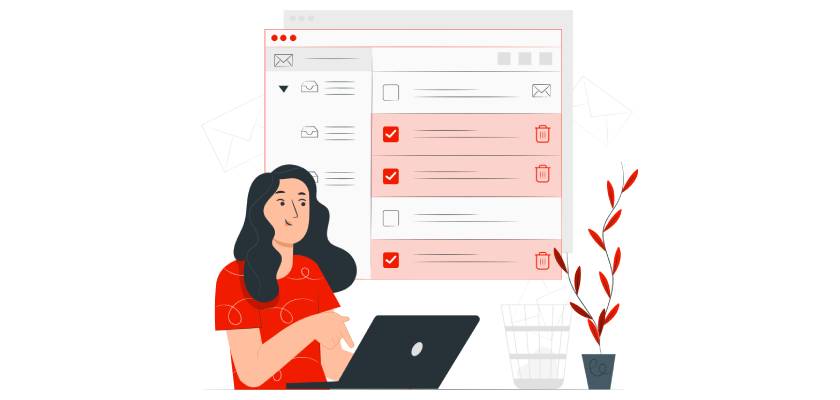
Most likely, you’re using a CMS such as WordPress as well as Joomla as the host for your site. If you alter your setup (add or remove plug-ins, create, and upgrade posts, install upgrades, and so on), the database running the CMS will get quite heavy and slow. To prevent this from happening, it is recommended to use the WP-Optimize plugin in order to cleanse the database on a regular basis.
13. Hotlinking
Hotlinking occurs when a user displays an image on your website via its web address directly. Every time it is loaded, the image is taken directly from the original website’s server.
There are a variety of options available to stop hotlinking. Numerous well-known hosting providers offer an option in their administration interface to stop hotlinking. Especially if you’d like to buy cheap VPS server, the hosting provider will provide you with the required information that you need. There are WordPress plugins, such as All In One Security & Firewall, which will protect against hotlinking. You can also include instructions in the .htaccess file.
14. Switch on-off the KA Setting
It is the Keep-Alive message that is exchanged between the web server and the client computer to establish the same TCP connections for HTTP conversations as opposed to opening a fresh one each time a new request is made. It is also known as a permanent connection; the Keep-Alive assists in decreasing the latency on subsequent requests. The majority of hosting companies, particularly with shared hosting, turn off this feature.
15. Optimize WordPress
WordPress includes a variety of plugins that improve performance and assist in optimizing different aspects of the site. One of the largest plugins is perf matters which incorporates several of the most popular methods for speeding up performance. The best part about this premium application is that the majority of its optimization methods are available through a simple user interface that makes it available to all types of users. Additionally, if you buy a VPS server hosting that is specifically designed for WordPress, it can increase your website’s speed.
16. Google PageSpeed
Google PageSpeed is a collection of open-source software modules for those using Apache as well as Nginx websites servers. They aid in optimizing your website through the use of several of the most efficient techniques for improving performance, like those we’ve discussed within this post. It is possible to download and install these modules on your website server when you have them. Otherwise, you’ll need to search for a web hosting provider that offers. Web hosts typically only provide this feature with their highest-end dedicated hosting plans. However, certain providers, such as GoDaddy, implement this in the Linux hosting server.
17. DNS lookups
One of the main elements that have a direct impact on the speed at which your site loads is the time it takes to complete DNS lookups. DNS lookups are DNS check is the procedure of determining the IP address that is associated with the URL.
One method to speed up the loading time of your website is to decrease the number of hostnames that are unique to your site. The fewer DNS queries can reduce the response time and will cause websites to load quicker. Also, think about the fact that the time needed to query the DNS records will depend on the processing speed and performance of the DNS service.
If you’re not satisfied with the service you’re using, you might consider switching to a different provider. DNSperf monitors the query speed of all the reliable DNS providers.
18. Upgrade to a more reliable web host
If you’ve tried to improve the speed of your site and haven’t seen any improvement, the issue might be in your web hosting. A lot of the most affordable web hosts, particularly those that are shared, are overcrowded and have servers that aren’t equipped sufficient to support each site. Instead, you should spend some time looking into the different options available before you buy VPS server hosting; you should always look out for the features and speed they offer. Some hosting companies offer the best services even if you buy a cheap VPS server from them.
19. Use a CDN
If you are considering changing to a more reliable web hosting provider, you should also think about making use of the Content Delivery Network (CDN). In contrast to your server, which is located in a specific area, the CDN makes use of servers that effectively distribute your content to servers around the globe, effectively moving closer to your customers regardless of where they are. CDNs accelerate a website by decreasing the physical distance that exists between content and visitors. You can host any kind of content with CDNs, and you can even combine multiple CDNs to target specific areas.
20. Check performance on a regular basis
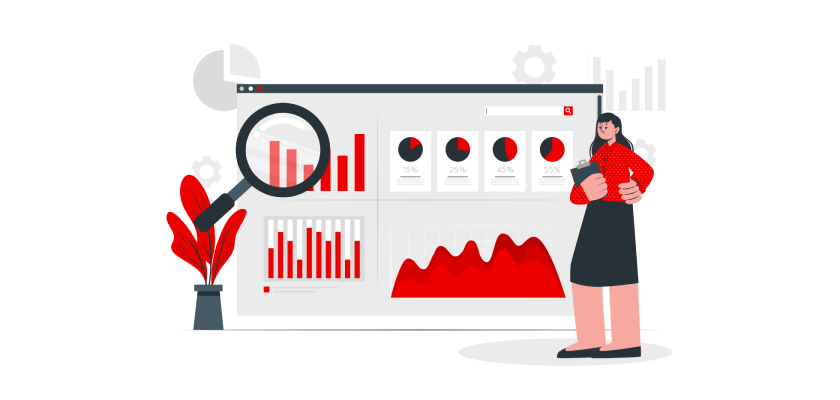
A crucial aspect of adjusting your website’s performance is keeping the site’s performance in mind. This will not only assist you in assessing the effect of a change; however, depending on the software utilized, it can reveal aspects of your site that require attention. Pingdom’s Speed Test for Websites Speed Test is a popular online tool that will not just examine the load time of your website but also identify the issues.
Additionally, you can utilize Google’s Test My Site to analyze the performance of your site when viewed on smartphones. Apart from providing important metrics, the tool will also offer suggestions to optimize your site for mobile devices.
Conclusion
The process of getting your page’s load time to the level you would like it to be is difficult. However, it will have a major positive impact on the overall website performance.
It’s important to keep in mind that although all these tips will help you reach your speed goals for your website, you don’t have to implement them all right now.
Take a look at your website’s speed test results and find the issues that impact the most on the speed of your site’s load time. Pay attention to the most impactful factors and take the appropriate steps to put them in the right shape.
Then, you can go through this list and search for other wins that are easy to achieve. While some of the strategies might require assistance from developers, some of them can be completed in less than an hour.
Although they may appear insignificant, even the smallest actions to reduce load times can have a significant impact, and when you think about the impact even one second can make on the conversion rate and your performance, they’re well worth it.


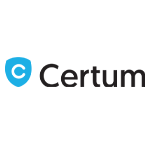


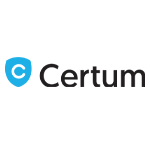


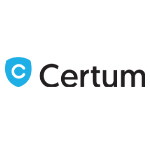

Leave a Reply